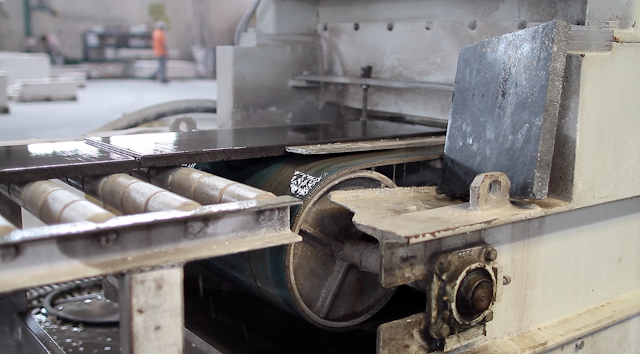Walking half the walls, the Gecekondu
From Wikipedia: In Turkish gece means "at night" and kondu means "placed" (from the verb
konmak, "to settle" or "to be placed"); thus the term gecekondu comes to mean "placed (built) overnight". And bölge means a "zone", "district" or even "region", so a gecekondu bölgesi is a "suddenly built-up shanty-neighborhood"
These photographs are kept in sequence because the spaces are contiguous, and yet the walls and the gecekondu are rarely imaged together - indeed it is a challenge to frame both.
There are also (removed by day?) ghost rooms that made way for the park flanking the inner walls. If I had time I would like to learn more about the clearances and re-housing of the former residents of these traces.


































These photographs are kept in sequence because the spaces are contiguous, and yet the walls and the gecekondu are rarely imaged together - indeed it is a challenge to frame both.
There are also (removed by day?) ghost rooms that made way for the park flanking the inner walls. If I had time I would like to learn more about the clearances and re-housing of the former residents of these traces.


































BASALT (bazalt) // MARBLE (mermer)
Below are some stills from my first day of shooting (dodging downpours from yet more angry skies) in a small basalt quarry, and the marble/basalt processing factories DİMER/DİBAZ. I was hosted with incredibly generous support from Felat Gökdemir (manager of DİMER) who also allowed me to interview him for the work. I was introduced to him at a fortuitously timed conference about local basalt, hosted by the Diyarbakir municipality.
During his presentation, Felat spoke broadly on the geologic, as well as the architectural and economic systems that produce basalt as both raw and processed material. The 10,000 km2 area of deposit was formed by lava from Karacadağ Mountain, once an active shield volcano. In addition to structural, restoration, and decorative purposes, it is evidently also used as material in concrete -- an unexpected relationship that adds considerably to my interest in exploring all four materials. The deposits are so magnetic in places that planes cannot fly overhead, and the mineral content of the igneous rock enriched the soil in the fertile crescent to provide the conditions for the Mesopotamian domestication of wheat! [I'd like to take a moment here to acknowledge good old mid-90s GCSE Geography for equipping me with solid foundational knowledge of sedimentary, igneous and metamorphic rocks, volcano typologies, and the water cycle].
It feels good to have finally collected some images but I'll probably be moving my flights back at the end of the residency, in order to add some breathing room to be able to carry on working, especially because of the amount of transcription and translation in the workflow.
During his presentation, Felat spoke broadly on the geologic, as well as the architectural and economic systems that produce basalt as both raw and processed material. The 10,000 km2 area of deposit was formed by lava from Karacadağ Mountain, once an active shield volcano. In addition to structural, restoration, and decorative purposes, it is evidently also used as material in concrete -- an unexpected relationship that adds considerably to my interest in exploring all four materials. The deposits are so magnetic in places that planes cannot fly overhead, and the mineral content of the igneous rock enriched the soil in the fertile crescent to provide the conditions for the Mesopotamian domestication of wheat! [I'd like to take a moment here to acknowledge good old mid-90s GCSE Geography for equipping me with solid foundational knowledge of sedimentary, igneous and metamorphic rocks, volcano typologies, and the water cycle].
It feels good to have finally collected some images but I'll probably be moving my flights back at the end of the residency, in order to add some breathing room to be able to carry on working, especially because of the amount of transcription and translation in the workflow.
Subscribe to:
Posts (Atom)
























